
Leadership is a privilege.
Over the last ten years, The Global Leadership Summit (GLS) has been key in helping me develop my leadership skills. But the truth is, I never really wanted to be a leader in the traditional sense. I was once even told since I didn’t have a passion to be in the C-suite, I wasn’t suited to be a leader. Over time I learned where we work really doesn’t matter that much to God—it’s about how we honor Him in what we’re doing. I’ve discovered the true meaning of leadership, how it can shift culture and help people thrive—and it turns out it has nothing to do with being in the C-suite. Leadership is a privilege, not a right, and can be done in any venue, at any time, from any position.
Over time I learned where we work really doesn’t matter that much to God—it’s about how we honor Him in what we’re doing.
One of my biggest takeaways was from the GLS in 2019 when Patrick Lencioni came out and said what the world needs is fewer leaders. He started to unpack that and said if you are not committed to team building, communication, or you think you’re in it for your own reward, you’re not open to having a critical conversation and you don’t see meetings as a platform for fostering shared understanding, creativity and key decisions, you probably should not be a leader. It was a wake-up call.
At the Summit, I often hear the phrase “everybody wins when a leader gets better.” This means leadership is not about me—leadership means my staff’s success is more important than mine. It’s not my passion to be in the C-suite, but I do have a passion for making an impact toward the mission and vision of my organization, and it comes down to the “why” of what we do. I’ve learned to focus on the “why” no matter what role I’ve been in.
I had several different roles at a children’s hospital over a span of seventeen years, but one day the CEO approached me and said he wanted me to head up IT. I told him it was a really bad idea. But he saw something in me I didn’t see at the time and how I could contribute to bringing out the best in the team—he also knew my creativity and passion for technology would be better suited to IT, even though I didn’t have experience there. And IT is where I’ve been for the last 20 years. I am forever grateful for his insight.
Part of my role today is to make sure that every staff person understands their role, how they fit and how their contribution is a part of a greater vision we’re working towards—and for us, it is doing everything we can to have a healthier community. From my perspective, everybody on the team is important—there is no role that is any more or any less important than any other role in working toward this vision.
If we want to have a healthy community, we have to start by building a healthy culture as an organization.
After my time of service at the children’s hospital, I transitioned to a community health system when we were embarking on a big change with a new information system. I was in over my head, but I realized the experts were all around me.
I know in any meeting I’m not the smartest person in the room, but I’ve tried to establish a culture where everybody is heard…
I know in any meeting I’m not the smartest person in the room, but I’ve tried to establish a culture where everybody is heard, and everybody contributes. One of the beauties with IT is that there is always an answer—it may not be elegant, but there’s always an answer. You just have to keep pressing towards it. My favorite meetings are when you have eight people with different ideas about how to solve a problem, but after an hour of collaboration, trust, breaking down silos and working together on the ideas, you come out with a ninth solution that is even better than the eight you started with.
Something started to shift culturally. I was asking, “What do you think? Ultimately, I need to make a decision about this, but I’m interested in what you think would be the best solution?”
It took a year for the staff to actually believe I wasn’t coming in with an answer, and that I actually wanted to hear their ideas and why—I wasn’t putting on a show. I also wanted to create a culture of very frequent and accessible communication. (A lot of this has been influenced by Patrick Lencioni at the GLS and his book Death by Meeting.)
The Impact of a Healthy Culture
One of my favorite examples of this is from two years ago when our main information system in a two-month period failed five times. Our credibility in the organization was at risk. So, I would get into a teaching auditorium with our whole staff for Q&A. One of the things I stressed was, either we solve this, or the organization is going to have someone come in from the outside to solve this for us. But I think we can solve it.
So, we set a goal for the organization to commit to 90 days of no downtime on our core system. We put up progress posters all over the building. Every day when our staff came in, they knew what day we were on in the process. We talked about it all the time. The team started to parse out where we needed to improve. And when they solved the issue, it was a source of pride for the team because their credibility was back. Now they are really thriving.
…either we solve this, or the organization is going to have someone come in from the outside to solve this for us. But I think we can solve it.
It comes down to that critical conversation and being really truthful with them about the reality and how it is within our control to improve. That’s the value of building a healthy culture of trust and collaboration.
This reality became evident when the software we use was being installed by a competitor within 15 minutes of us. 70 of our staff are certified to run this software. The competitor needed 40 people to run their software. I knew there would be a compensation component and a need to make sure their work life balance was going to be accommodated, but I also knew it would come down to culture.
I purposely err on being highly transparent with my team. They are intelligent people and need timely information to help guide their personal and professional lives. When I knew the other organization would be starting their hiring process, I shared with my team the following scenarios in an open forum:
- If you were here when we went live with our information system, you know it was a monumental time with great reward. If you would like to experience this journey again, I will fully understand and wish you well if you move to the competing organization.
- If you were not here when we went live, and would like to experience a project like this for the first time, I fully understand and wish you well if you desire to move on and take on a new opportunity
- But, if you decide to transition because you find a more compelling vision to work for somewhere else, that’s on me. I will have failed in my leadership role if that is the case.
When the other organization was recruiting their 40, we thought we might lose 10 out of our 70 certified staff, but we only lost 2. And one came back in two weeks, and the other ended up leaving the other organization and going out of market. This unexpected outcome was due to the daily leadership efforts of numerous managers and supervisors staying connected to their teams and providing opportunity for growth and engagement. That’s the impact of a healthy culture.
Being a Positive Influence for God’s Kingdom
The Summit has also helped me realize that my primary role as a leader is not to just execute. Every conversation, every decision, every email and every phone call are opportunities to be a positive influence for your team, the broader organization, our community and God’s Kingdom.
The prayer I have with my wife in the morning most often includes me saying, “Lord I pray for the creativity, the compassion and the wisdom I need for today that I don’t have on my own.” When I pray through my calendar for the day, the people I will be with and what we’re trying to accomplish, I will say, “This is what’s on my calendar, but what do you want me to spend time with today that’s not on my calendar?” Sometimes the answer is to be to be sensitive to a hallway conversation about a staff member’s family or when to encourage someone when they have made a mistake which has affected our organization.
Every conversation, every decision, every email and every phone call are opportunities to be a positive influence for your team, the broader organization, our community and God’s Kingdom.
I’m a big advocate of believing that people evolve, learn and mature in their thought process in how they act and respond. In our society there seems to be less tolerance to recognize people are on a journey and we’re not all perfect. So, how can we show grace? I try to do that in the workplace as much as I can. On my better days I pray before walking into each room. Sometimes it’s just a reminder of this being God’s place and remembering it’s not about me.
The gravity of my words is not lost on me. My words can build people up or tear people down. As a leader I need to be very aware of how I’m acknowledging people and looking for the Spirit’s ongoing counsel—How can I encourage this person? How do I speak the truth with grace? It’s also about being consistent so people know how you’re going to respond. Don’t be a volatile cannon. Be consistent in how you honor people. Do the right thing for the right reason. Simply bringing grace and mercy into the workplace and cultivating a bigger-picture vision of what we’re all about is a way of bringing God’s Kingdom here on earth.
How COVID-19 tested our culture
During the Covid season, our command center has a had daily focus on dealing with the Covid outbreak here and managing hospital operations. One of the leadership challenges has been to recognize how pervasively the pandemic has impacted people. It’s not just the nurse who is now in this stressful situation, it’s also the family that she or he has to protect with kids at home who are not in their normal school rhythm or their parents who have a compromised immune system.
There is no part of our work that is not touched by this. So, being able to talk to our staff in our command center and say, “In the midst of all that you’re managing, all the people you contact throughout the day, remember everybody has a story and staff are bringing those stories to work. How do we care for others and recognize the wholeness of who they are, not just the work-side of who they are?”
I don’t think about the impact of my leadership much, but every once in a while, I get a glimpse, and I still wonder why all these people are following me. I think God places his children in places to lead but doesn’t want us to hang onto our leadership position too tightly.
Attending the Summit is worth the investment.
Many other leadership conferences would be much longer, more expensive and less diverse. I haven’t come across anything else quite like it. This year, my team watched the Summit together online separately from our own homes, but we had Zoom meetings during the breaks and talked about what we heard. Even with the event being virtual this year, it was still just as effective. Each of my direct reports has a challenge from this year’s Summit incorporated into their performance goals for this coming period (quarterly identification of one thing that is no longer working and needs to be changed).
One of the key values are the seeds that are planted that become compass points when we are in an unprecedented time…
With all the competing events for our calendars, to set aside two days as a leader just to hit pause on your to-do list and be able to take all your baggage into the room and have it put in perspective again and hit reset is so worth it.
One of the key values are the seeds that are planted that become compass points when we are in an unprecedented time, or when we are charting steps in our organization that are completely unplanned. How do we respond? I get the depth of teaching to push forward from my attending the Summit each year.
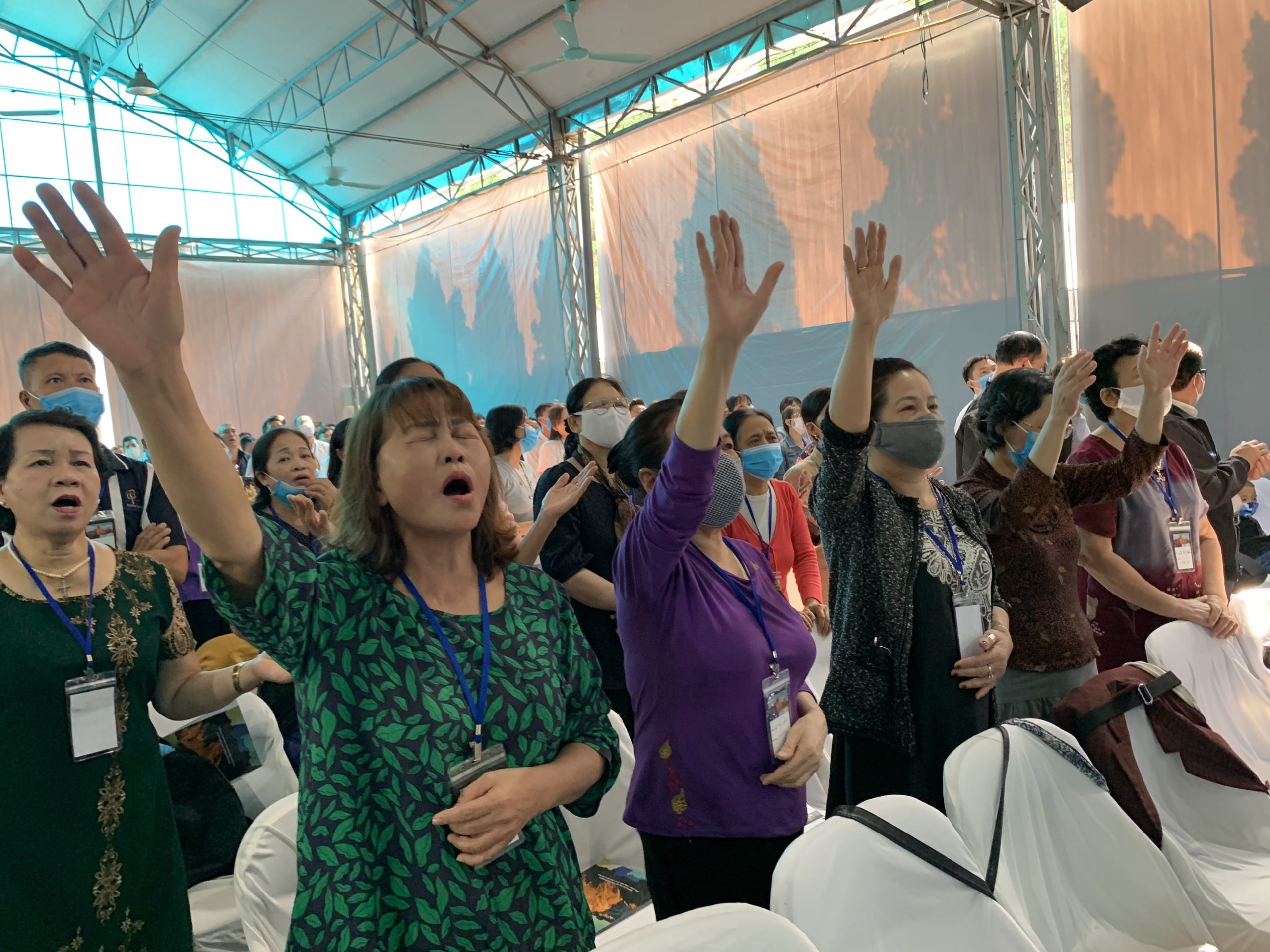
 It must’ve been God’s idea to have me attend The Global Leadership Summit. I am supporting some orphan children—They were abandoned by their parents or their parents were sent to prison. They are very different from other children because they have suffered from great grief and loss.
It must’ve been God’s idea to have me attend The Global Leadership Summit. I am supporting some orphan children—They were abandoned by their parents or their parents were sent to prison. They are very different from other children because they have suffered from great grief and loss. Growing up, my family provided me with the best resources. I was doing well. But things changed completely when I slipped into the trap of drugs. I wasn’t myself and drugs took away my self-esteem. I was in deep pain and miserable. My family business went down, and my family life hit rock bottom too. When things were about to collapse completely and my family was about to leave me, God stepped in and embraced my pain and guilt. I quit my addiction. And now I am able to be a good father to my four children.
Growing up, my family provided me with the best resources. I was doing well. But things changed completely when I slipped into the trap of drugs. I wasn’t myself and drugs took away my self-esteem. I was in deep pain and miserable. My family business went down, and my family life hit rock bottom too. When things were about to collapse completely and my family was about to leave me, God stepped in and embraced my pain and guilt. I quit my addiction. And now I am able to be a good father to my four children.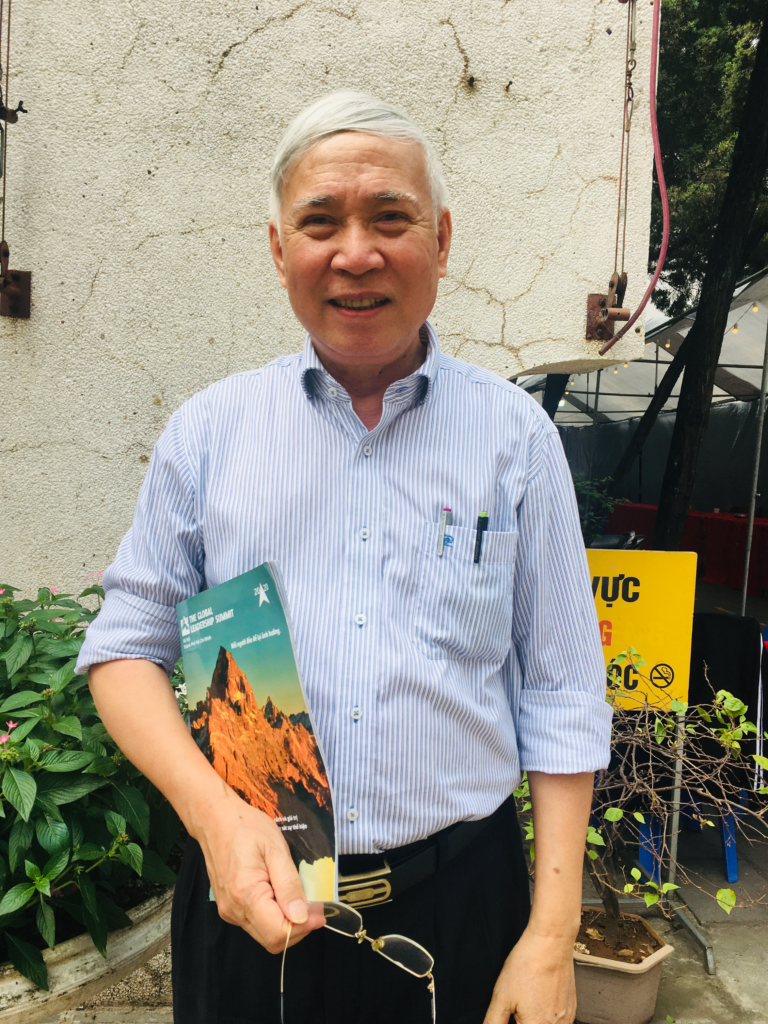

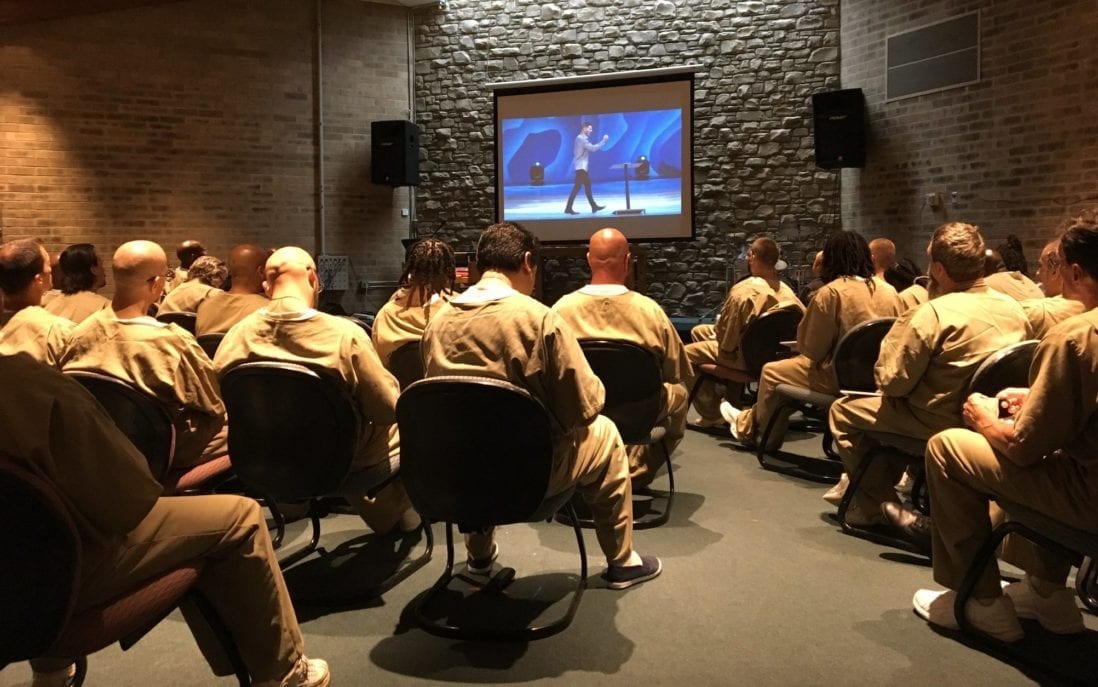


 Like Shelith, Derek’s positive experience in being a part of bringing the GLS to prison is similar. He first volunteered at the prison site in Danville, and then later had the opportunity to help bring the GLS to the prison he had been volunteering. Then in 2019, Sheridan Correctional hosted their very first GLS. “Seeing a group of offenders be so appreciative of the opportunity to engage in a world class leadership opportunity softens my heart!” said Derek. “Many of them truly usually feel forgotten. Many want to be a better person, especially when they get released and go back to their families and communities. So, seeing men who feel very little worth and value get excited to have volunteers come to simply digest all the leadership lessons with them is so exciting and rewarding!”
Like Shelith, Derek’s positive experience in being a part of bringing the GLS to prison is similar. He first volunteered at the prison site in Danville, and then later had the opportunity to help bring the GLS to the prison he had been volunteering. Then in 2019, Sheridan Correctional hosted their very first GLS. “Seeing a group of offenders be so appreciative of the opportunity to engage in a world class leadership opportunity softens my heart!” said Derek. “Many of them truly usually feel forgotten. Many want to be a better person, especially when they get released and go back to their families and communities. So, seeing men who feel very little worth and value get excited to have volunteers come to simply digest all the leadership lessons with them is so exciting and rewarding!” “I am so encouraged by the volunteers who give of their time, resources and donations to make the GLS possible in prison,” Shelith continued. “This work is not for the faint of heart. I have felt supported, uplifted and validated during times of uncertainty and isolation. I am so happy to be a part of the vision to provide leadership opportunities to individuals who can positively impact others. And it starts with empowering them to be their best selves.”
“I am so encouraged by the volunteers who give of their time, resources and donations to make the GLS possible in prison,” Shelith continued. “This work is not for the faint of heart. I have felt supported, uplifted and validated during times of uncertainty and isolation. I am so happy to be a part of the vision to provide leadership opportunities to individuals who can positively impact others. And it starts with empowering them to be their best selves.”








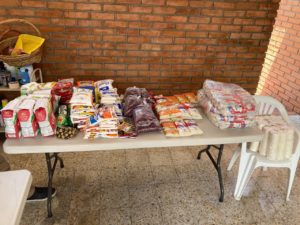
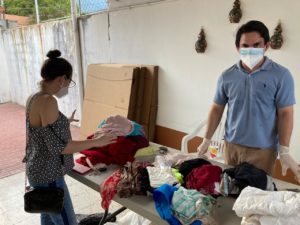



 Stephanie began sharing
Stephanie began sharing
Recent Comments